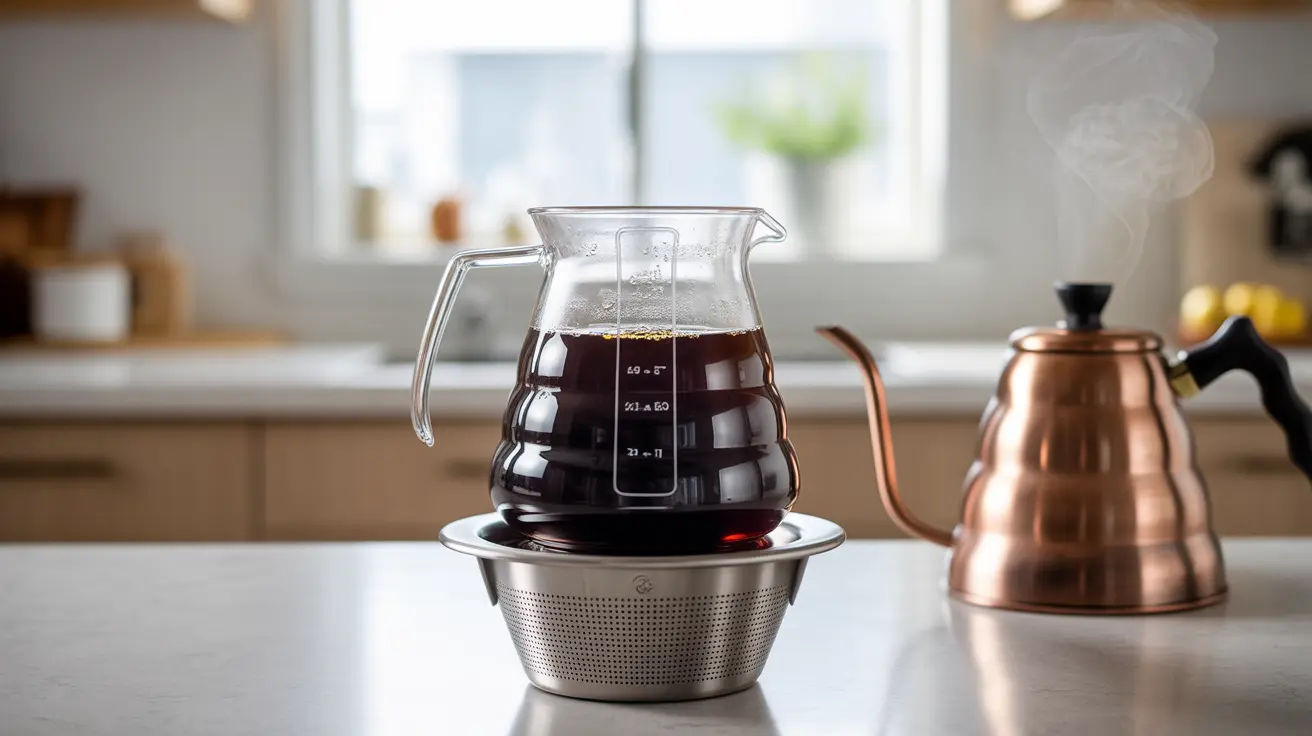For coffee enthusiasts and casual drinkers alike, understanding the caffeine content in cold brew coffee is essential for managing daily caffeine intake and making informed beverage choices. Cold brew has gained immense popularity for its smooth taste and unique brewing process, but its caffeine levels can vary significantly depending on several factors.
This comprehensive guide explores everything you need to know about caffeine in cold brew coffee, from typical content levels to brewing methods that affect strength, helping you make better decisions about your coffee consumption.
Typical Caffeine Content in Cold Brew
A standard 16-ounce serving of cold brew coffee typically contains between 200 to 360 mg of caffeine, though this can vary widely depending on the preparation method and coffee-to-water ratio. Most commercial cold brew brands average around 250 mg of caffeine per 16 ounces, making it a relatively strong coffee beverage.
Factors Influencing Cold Brew's Caffeine Content
Coffee Bean Selection
The type of coffee beans used significantly impacts caffeine content. Robusta beans naturally contain nearly twice the caffeine of Arabica beans. The roast level also plays a role, with lighter roasts generally retaining slightly more caffeine than darker roasts.
Brewing Time and Temperature
The extended steeping time in cold brew (typically 12-24 hours) allows for substantial caffeine extraction. While cold water extracts caffeine more slowly than hot water, the lengthy steeping period results in a concentrated coffee solution.
Coffee-to-Water Ratio
The amount of ground coffee used relative to water significantly affects the final caffeine content. A higher coffee-to-water ratio results in a more concentrated brew with higher caffeine levels.
Comparing Cold Brew to Other Coffee Drinks
Cold brew's caffeine content differs from other coffee preparations:
- Hot brewed coffee (16 oz): 160-200 mg
- Iced coffee (16 oz): 165-225 mg
- Espresso (2 oz shot): 60-80 mg
- Cold brew (16 oz): 200-360 mg
Customizing Your Cold Brew's Strength
You can adjust your cold brew's caffeine content through several methods:
- Modify the coffee-to-water ratio
- Adjust the steeping time
- Dilute the concentrate more or less
- Choose different bean varieties
- Experiment with grind size
Popular Cold Brew Brands and Their Caffeine Content
Major coffee chains and brands offer cold brew with varying caffeine levels:
- Starbucks Cold Brew (16 oz): 205 mg
- Dunkin' Cold Brew (16 oz): 260 mg
- La Colombe Cold Brew (16 oz): 240 mg
- Chameleon Cold Brew Concentrate (diluted, 16 oz): 270 mg
Frequently Asked Questions
How much caffeine is typically in a 16-ounce serving of cold brew coffee?
A 16-ounce serving of cold brew coffee typically contains between 200 to 360 mg of caffeine, with most commercial brands averaging around 250 mg per serving.
What factors affect the caffeine content in cold brew coffee?
The main factors affecting caffeine content include the type of coffee beans used, brewing time, coffee-to-water ratio, water temperature, and grind size. The preparation method and dilution ratio also play significant roles.
How does the caffeine in cold brew compare to hot coffee, iced coffee, and espresso?
Cold brew generally contains more caffeine than traditional hot coffee and iced coffee per equal volume. While a 2-oz espresso shot has 60-80 mg of caffeine, a 16-oz cold brew can contain 200-360 mg, compared to 160-200 mg in hot coffee.
How can I adjust the brewing method to increase or decrease caffeine in cold brew?
To adjust caffeine levels, you can modify the coffee-to-water ratio, steeping time, and dilution level. Using more coffee grounds or steeping longer will increase caffeine content, while additional dilution will decrease it.
Which popular cold brew coffee brands have the highest and lowest caffeine levels?
Among major brands, Chameleon Cold Brew Concentrate typically has higher caffeine content (270 mg/16 oz when diluted), while Starbucks Cold Brew tends to be lower (205 mg/16 oz). Independent craft brands may vary significantly from these levels.




